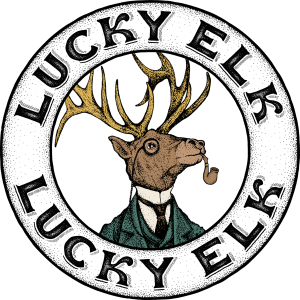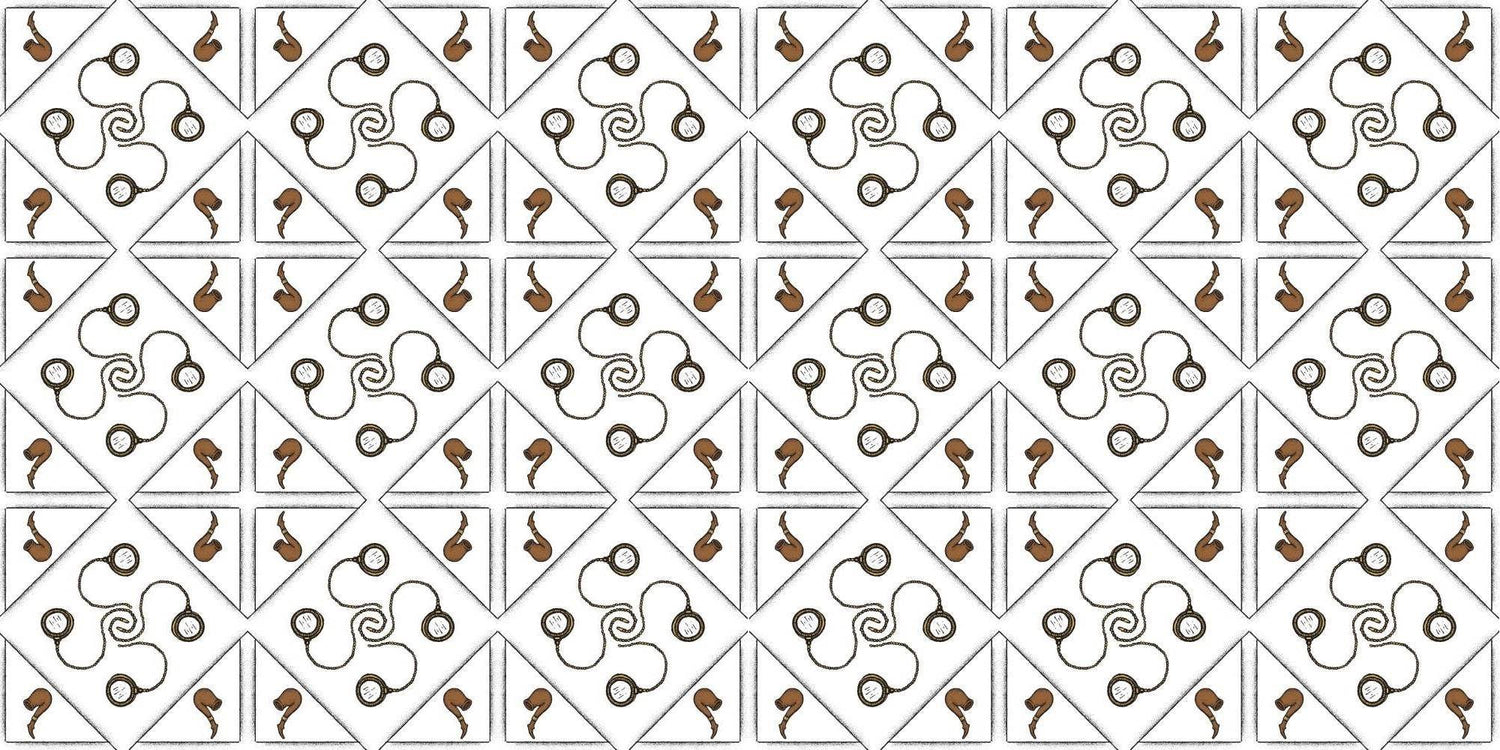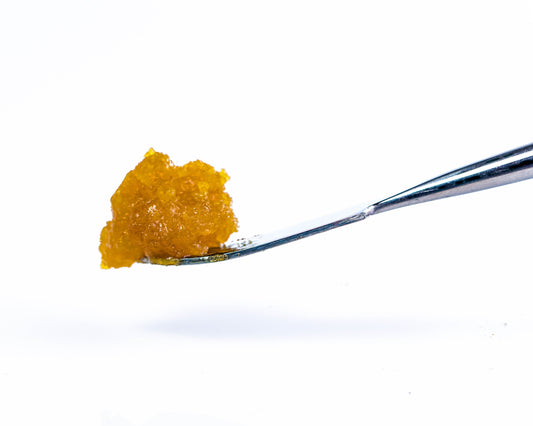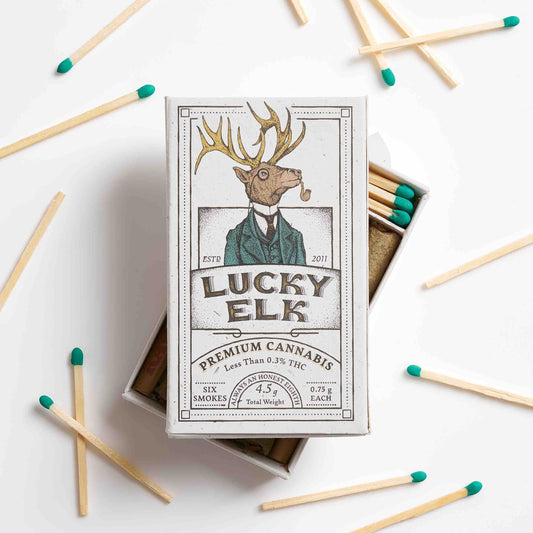What is Sustainable Hemp?
Sustainable hemp is about more than just growing with fertilizers and pesticides labeled ‘ORGANIC.’ At Lucky Elk, we believe that hemp can and should be grown in a way that makes our world a better place. For us, organic and sustainable hemp is about aligning our values of stewardship with all aspects of our business.
It’s farming with a mindset that our lives depend on cultivating life in our soils.
It's using low impact packaging, like hemp paper boxes and recycled plastic bags.
It's creating a vibrant cannabis community where we can make a difference!
Permaculture, Sustainability, and Regenerative Agriculture
What does organic and sustainable hemp look like? This organic farmer takes a holistic approach to growing hemp—one that considers soil biology, wildlife, and the greater community.
CBD Hemp Regenerates Soil & Soul
Walking through the field, I marvel at how Lifter still stretches eagerly toward that burning ball of fire overhead, currently responsible for afternoon temperatures over 100 F. Nearing harvest, the branches of these plants are impossibly top-heavy—thickly covered in resinous flowers--and wouldn't stand under their own weight if we hadn't supported them with trellis netting. The stalks are strong, branching into a lush green canopy which shades the ground below. Gently pull back a layer of the composted alfalfa mulch, and you find cool, moist soil teeming with life. The gardens flourish after 8 years of regenerative farming practices, but it hasn’t always been an easy task.
The Path to Sustainability
The long-term approach isn’t always the most glamorous. I’ve made a lot of mistakes along the way, some where I literally ended up knee-deep in a pile of fresh manure. But sometimes the hardest parts are just holding onto your principles and trusting that it’s all going to pay-off in the end. Most gardeners know that nitrogen, phosphorous, and potassium (N,P,K) make plants grow. But we focus more on improving the soil biology and structure, running laboratory tests multiple times over the season to replace micronutrients, too. We plant cover crops, like buckwheat and vetch, and companion plants, like dill, rosemary, and sunflower. In the face of an overwhelmingly near-sighted industry, we plant fewer acres of cash crop to favor regenerative legumes and cereal grains.
The Best CBD is Grown with Intention
Most evenings I walk through the fields and watch the sun set behind Elk Mountain. The view has been especially nice this week, as dozens of sunflowers bloom amidst the glossy green hemp. If you’re patient enough on the right morning, you can watch the petals unfurl from jet-black disks the size of dinner plates. They’re a vibrant symbol of our commitment to pollinators. And they’re beautiful. So this week, it only takes a glance to see that yes, it’s worth it. The gardens have filled in better than I could have hoped. Sunflowers and trichomes and terpenes as far as the nose can smell.









